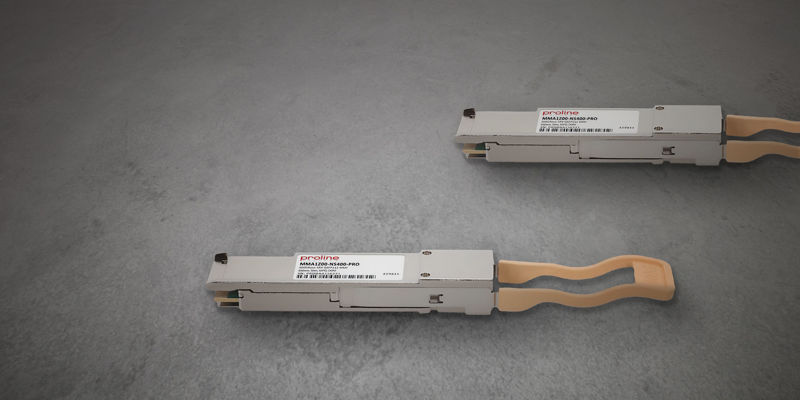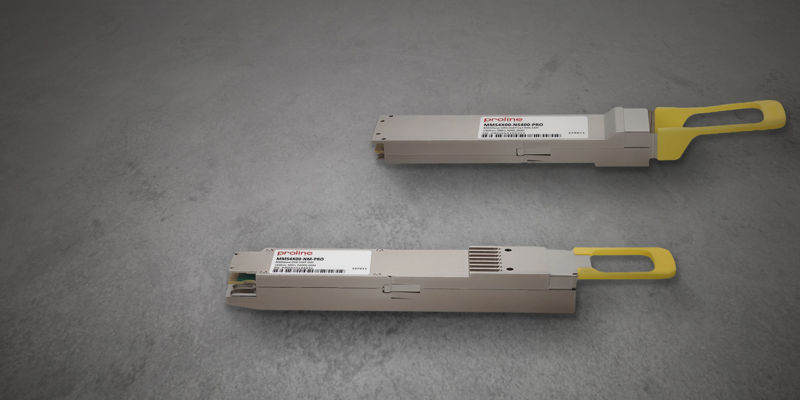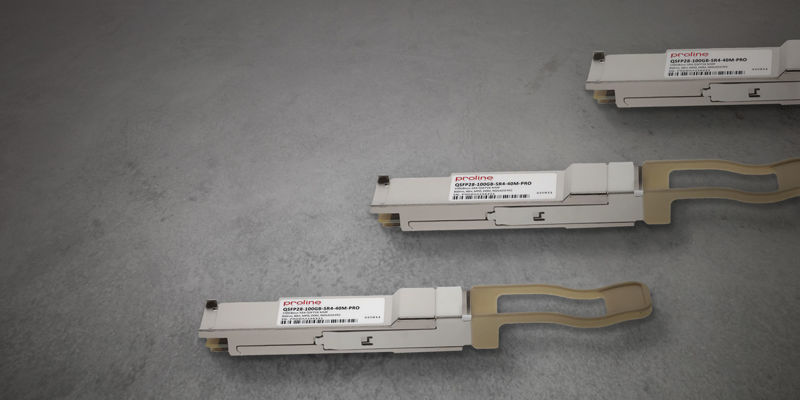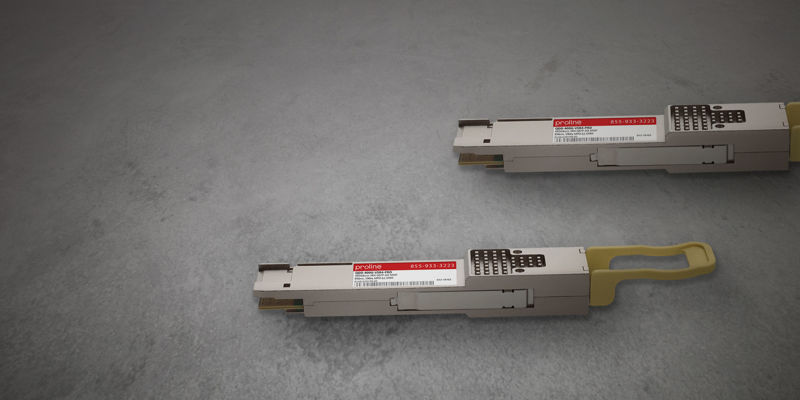In an effort to create stronger networks that deliver better user experiences, data centers are moving from 100G to 400G technology. Some of the factors pushing 400G deployments are recent advancements in disruptive technologies like artificial intelligence (AI), 5G, and cloud computing.
What is 400G?
400G Ethernet is a promising and developing technology that fills an immediate need in fiber optics as data-hungry application capacity demands surpass present high-speed transport capabilities. All of which have a more compact footprint and relatively low operational costs.
When designed for the most challenging circumstances, 400G offers a high degree of flexibility, customer choice, and a base for the future of cloud networking.

The Transition to 400G
The switch to 400G fundamentally alters the design and construction of data centers and data center interconnect (DCI) networks. The transition to 400G connections is more of a high-stakes game between the client and networking sides.
Currently, QSFP-DD and OSFP optical/pluggable transceivers, two multisource agreements, fight for the top spot as the form-factor of preference among customers in the 400G market, which is undergoing rapid change.
In order to fulfill the constantly increasing need for high-speed storage access and massive amounts of data processing, servers have adopted 25G/50G interfaces, which is another factor driving the transition to 400G data centers.
QSFP-DD vs. OSFP
QSFP-DD is the most popular 400Gbps optical form factor on the client side due to the numerous reach options available. The trend to combine switching and transmission into a single box is one of the two elements impacting the network side. Power and mechanics are the only form factors that remain.
The OSFP, a larger module, provides lots of functional area for DWDM components and a heat dissipation capacity of 15W. When trying to incorporate coherent capabilities into a small form factor, power is vital. This offers OSFP a competitive advantage in the network.
Despite the OSFP's superior performance in terms of power, space, and signal integrity, QSFP28 plugs cannot be used with it. Furthermore, because its technology lacks the 100Gbps version, it cannot offer a smooth transition from legacy modules as it has not been widely embraced on the client side.
However, the QSFP-DD has a lot of market support and is compatible with QSFP28 and QSFP connectors. Its low power dissipation, which is frequently restricted at 12W, is the only drawback. This makes it difficult to manage coherent ASICs (application-specific integrated circuits) effectively and keep them cool for lengthy periods of time.
In order to fulfill the constantly increasing demand for high-speed storage access and massive amounts of data processing, servers have adopted 25G/50G interfaces, which is another factor driving the transition to 400G data centers.

Get ahead of the curve by upgrading today. Contact us here.
Your fiber optic solution is here
Explore the benefits of working with us. Get started today!





